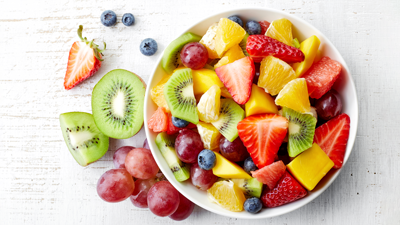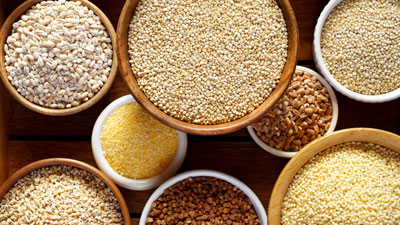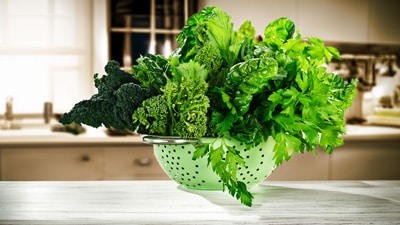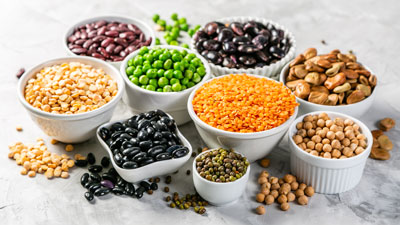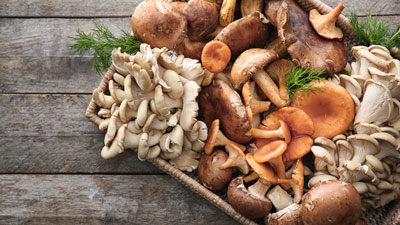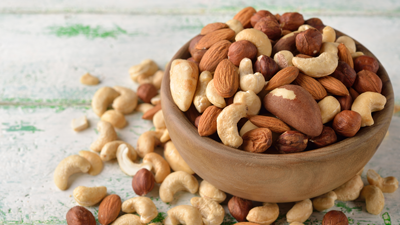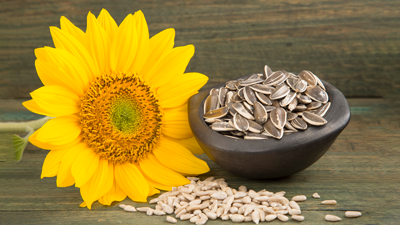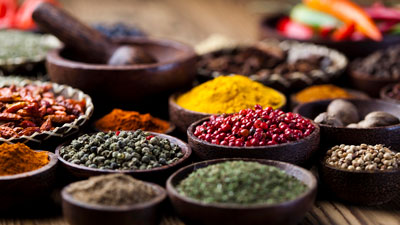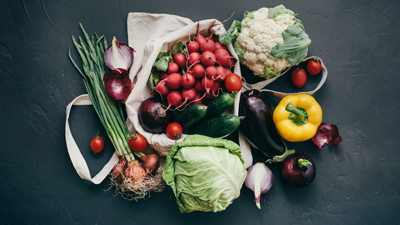
Whether we’re making food choices for ourselves or for our family, understanding the role that whole plants have in our health is key.
We all need plants to thrive, especially since they are the only sources of key nutrients like healthy carbs, fiber and multiple phytochemicals.
But, can we get all our nutrition from plants? We do need to supplement vitamin B12. If we don’t get enough sun exposure, we should also supplement vitamin D. It’s possible we might need to supplement iodine, which is mostly present in seaweed. Regarding omega-3 DHA, there is a debate among experts but you can always try algae supplements. Other than that, we’re covered. Yes, we can get enough protein, calcium and iron from plants.
Dietary preferences are not a black or white situation. We don’t need to choose between eating nothing but whole plants or eating mostly animal-based foods. Just as we can find all the colors of the rainbow in plants, we should look at nutrition as a giant spectrum of choices.
On one end, we have the Standard American Diet (SAD), where most of our food is highly processed and heavily based on meats, eggs and dairy. All these foods are linked to cancer, heart disease, neurodegenerative disorders and type 2 diabetes. On the other end, we have a whole-food, plant-based diet (WFPB), where all our foods are either whole or minimally processed plants that we eat in a well-balanced diet to ensure proper nutrition. This diet has been proven to reduce the risk, and in some cases even reverse heart disease, type 2 diabetes, neurodegenerative disorders including Alzheimer’s disease, and cancer.
Most people fall somewhere in between these 2. We would like to help everyone in their journey towards the WFPB end, regardless of how far you want to go.
Transitioning Towards the WFPB End Of the Spectrum
If you find yourself closer to the SAD end, replacing some of your food choices with whole plants will start to increase your health and the health of your family. Of course, the closer you get to the WFPB end, the healthier your diet will be. But many people are not ready or interested in fully giving up certain foods. This is a personal choice based on their very specific circumstances.
What we want to offer you in this section is a general knowledge of the different whole, plant-based food options you have at your disposal. We want to help you identify the top nutrients present in different plant-based food groups and their role in different parts of your body. And we want to offer you practical tips to select, store, prepare and enjoy these plant-based options. The more we know our food options, the better choices we can make, so this is an important part of what being NutriSavvy means to us.
Click on the links below to learn more about fruits, grains, greens, herbs, legumes, mushrooms and yeasts, nuts, seeds, spices, and vegetables.
Be sure to subscribe to our newsletter so we can keep you posted on our latest content additions.
Whole, Plant-Based Food Categories
Choose from the different categories below to visit our food interactive pages.

